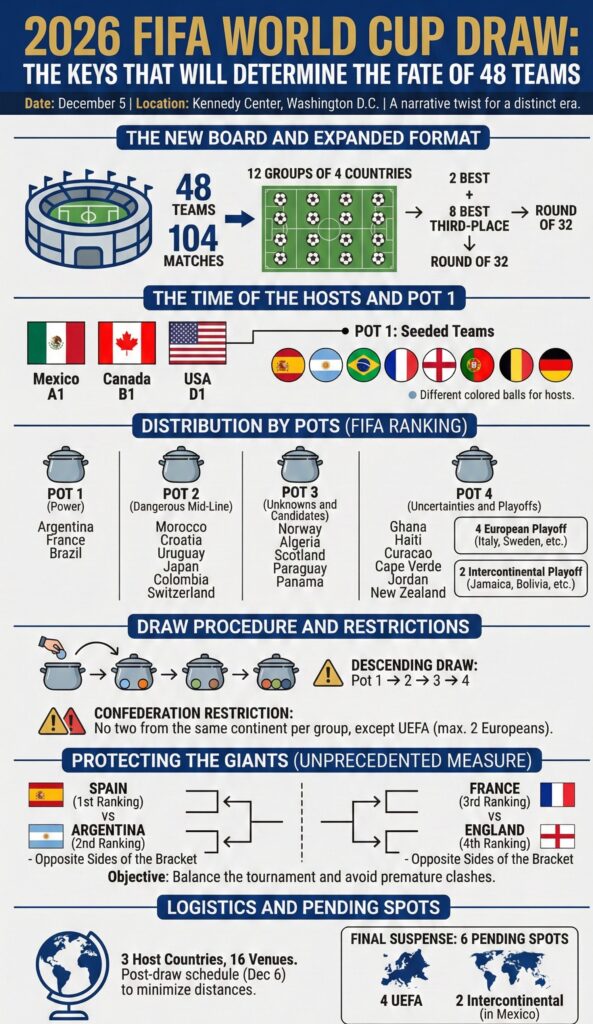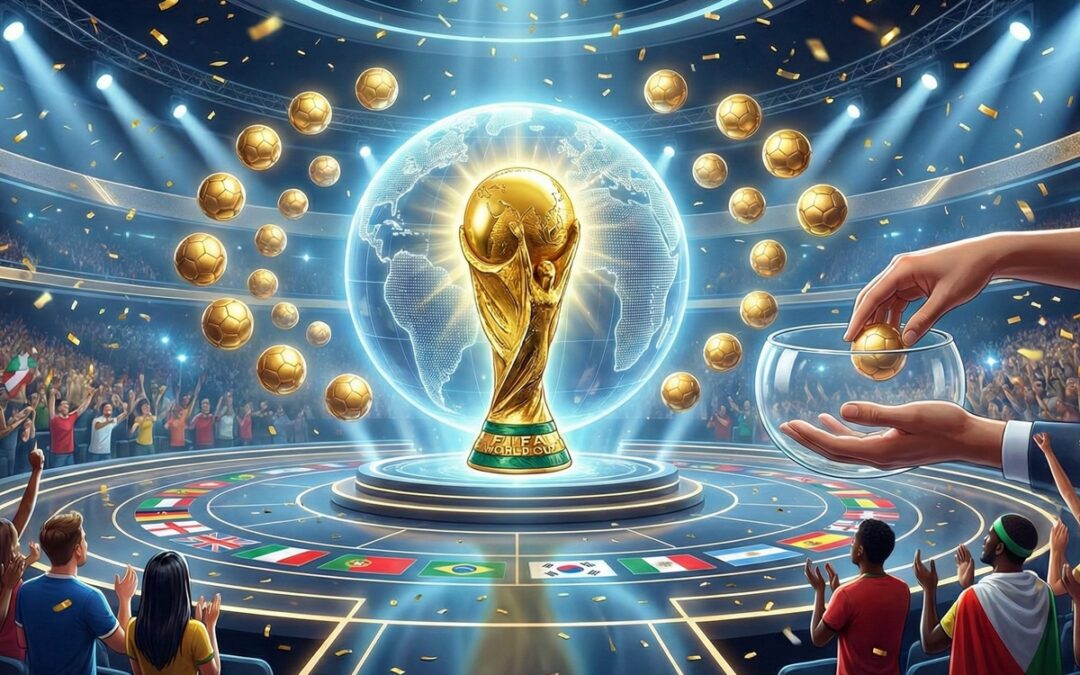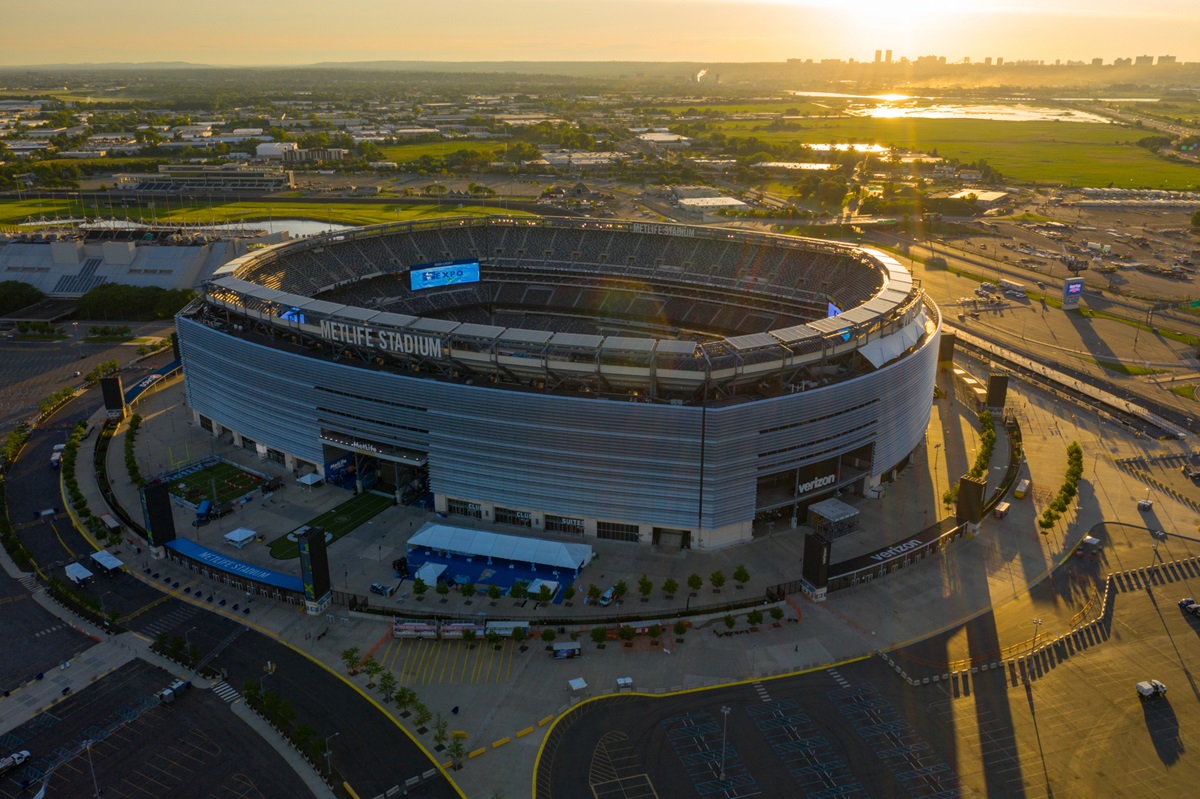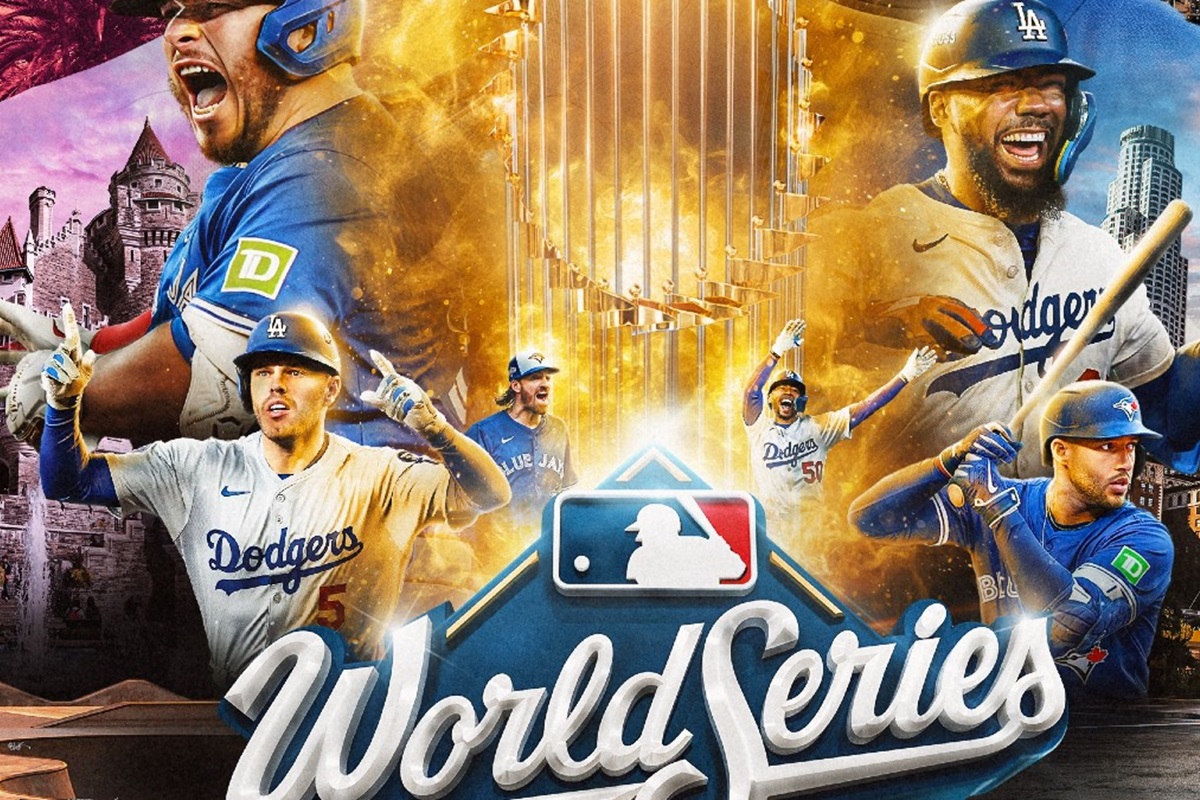The 2026 FIFA World Cup will take its first decisive step on December 5, when the 48-team tournament begins to take shape at the Kennedy Center in Washington D.C. This draw is unlike any before it. With an expanded field, new competitive restrictions and an unprecedented bracket logic, FIFA has redesigned the foundations of the group stage and the knockout phase.
The official procedures released ahead of the event reveal the architecture behind the new format and the reasons this edition sets a turning point for global football .
A bigger World Cup, a redesigned structure
The enlarged tournament brings 48 nations distributed into 12 groups of four, with the top two advancing along with eight of the best third-place teams. This expansion creates a longer and more complex path to the title, increasing competitive density and adding strategic layers to the early rounds.
Hosts in fixed positions
The three host nations will have predetermined slots:
- Mexico in A1
- Canada in B1
- The United States in D1
Each will be marked with a distinct color during the draw. The remaining nine top-ranked teams in Pot 1 will be placed into the other groups as seeded leaders.
Understanding the four pots
FIFA’s November ranking serves as the backbone for the distribution of teams. While Pot 1 holds the strongest nations, Pots 2 and 3 include traditional contenders and emerging forces. Pot 4 gathers the lowest-ranked sides and the still-undefined playoff winners.
Pot 1: where power begins
Along with the hosts, Pot 1 features Spain, Argentina, Brazil, France, England, Portugal, the Netherlands, Belgium and Germany — a concentration of football authority that will shape the tournament from the start.
Pot 2: the danger zone
This pot brings together high-quality sides such as Morocco, Croatia, Japan, Uruguay, Colombia and Switzerland. These are the teams capable of altering the balance of any group and complicating the start of the top seeds.
Pot 3: contenders in disguise
With squads like Norway, Algeria, Scotland, Paraguay and Egypt, this pot contains programs on the rise and teams capable of springing major upsets.
Pot 4: uncertainty and the playoff shadows
Pot 4 includes Jordan, Haiti, Ghana, Curacao, Cabo Verde, New Zealand and six teams that will emerge from the UEFA and Intercontinental playoffs. Some of those potential entrants — Italy, Sweden, Turkey or Poland — could arrive as dangerous late additions.

Confed limits and the ranking-based restrictions
To maintain competitive balance, FIFA will enforce familiar rules:
- Only one team per confederation per group, except UEFA.
- European teams may have up to two per group, given their total of 16 qualifiers.
The unprecedented measure: shielding the giants
For the first time, FIFA will actively prevent early clashes between the highest-ranked teams. Spain and Argentina will be placed on opposite sides of the bracket if they top their groups. The same applies to France and England.
This aims to preserve marquee matchups for later rounds and ensure a more appealing knockout stage. It also marks a significant shift in how FIFA intervenes in competitive design.
How the draw actually works
The process will move in descending order: Pot 1 first, then Pot 2, Pot 3 and Pot 4.
Each drawn team will receive not only a group letter (A to L) but also a numeric position (1 to 4). This detail determines match order and directly influences travel, rest days and preparation time.
Travel and logistics across 16 host cities
With the tournament spread across Mexico, Canada and the United States, travel is a decisive factor. FIFA will release the final schedule on December 6, a day after the draw, in order to optimize stadium assignments, minimize excessive travel and adapt kickoff times to the vast geography of the three host countries.
The six spots still up for grabs
Forty-two teams are already qualified, while six more will enter through playoffs.
Four will come from Europe and two from the intercontinental playoff, hosted in Mexico. These late tickets add suspense and introduce high-profile possibilities into Pot 4.
What could happen on December 5?
Fans and analysts will dissect the outcome immediately:
- Will a “group of death” emerge?
- Which seeded team could face early danger?
- Where will the toughest third-place contenders land?
- And which playoff entrant could become the dark horse of the tournament?
A World Cup that begins at the draw
Once the balls stop moving, the narrative of the 2026 World Cup will be in motion.
The draw won’t decide who lifts the trophy, but it will define every team’s path — from the straightforward journeys of some top seeds to the minefields that others will have to navigate.
The expanded format ensures unpredictability, broader representation and a tournament structure that pushes the World Cup into unexplored territory. December 5 is not just an administrative step; it is the moment the next great football story begins.







